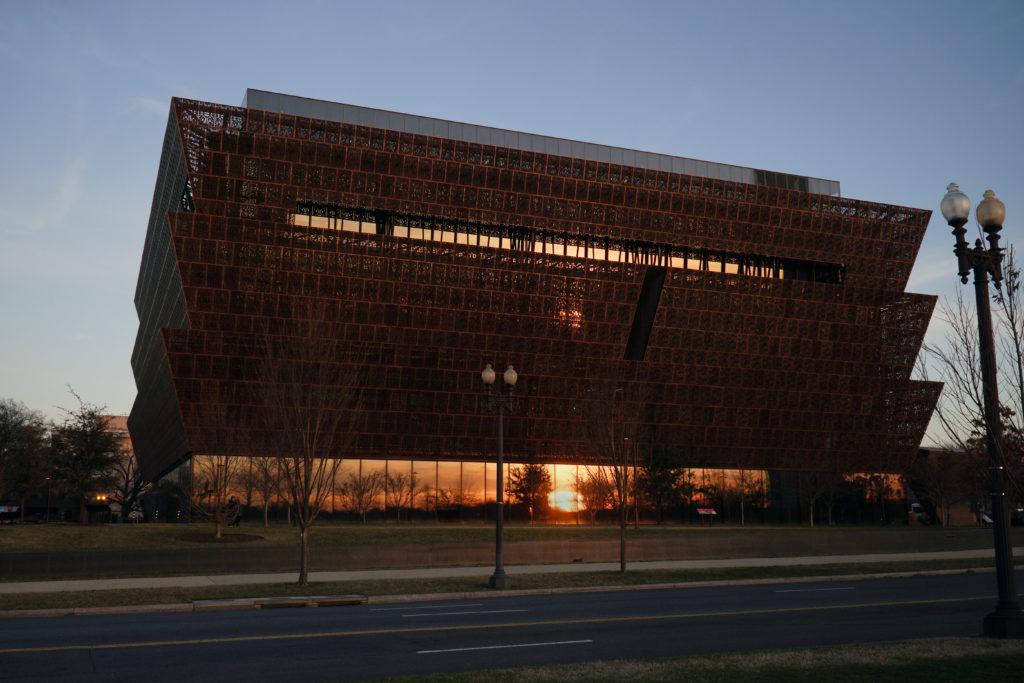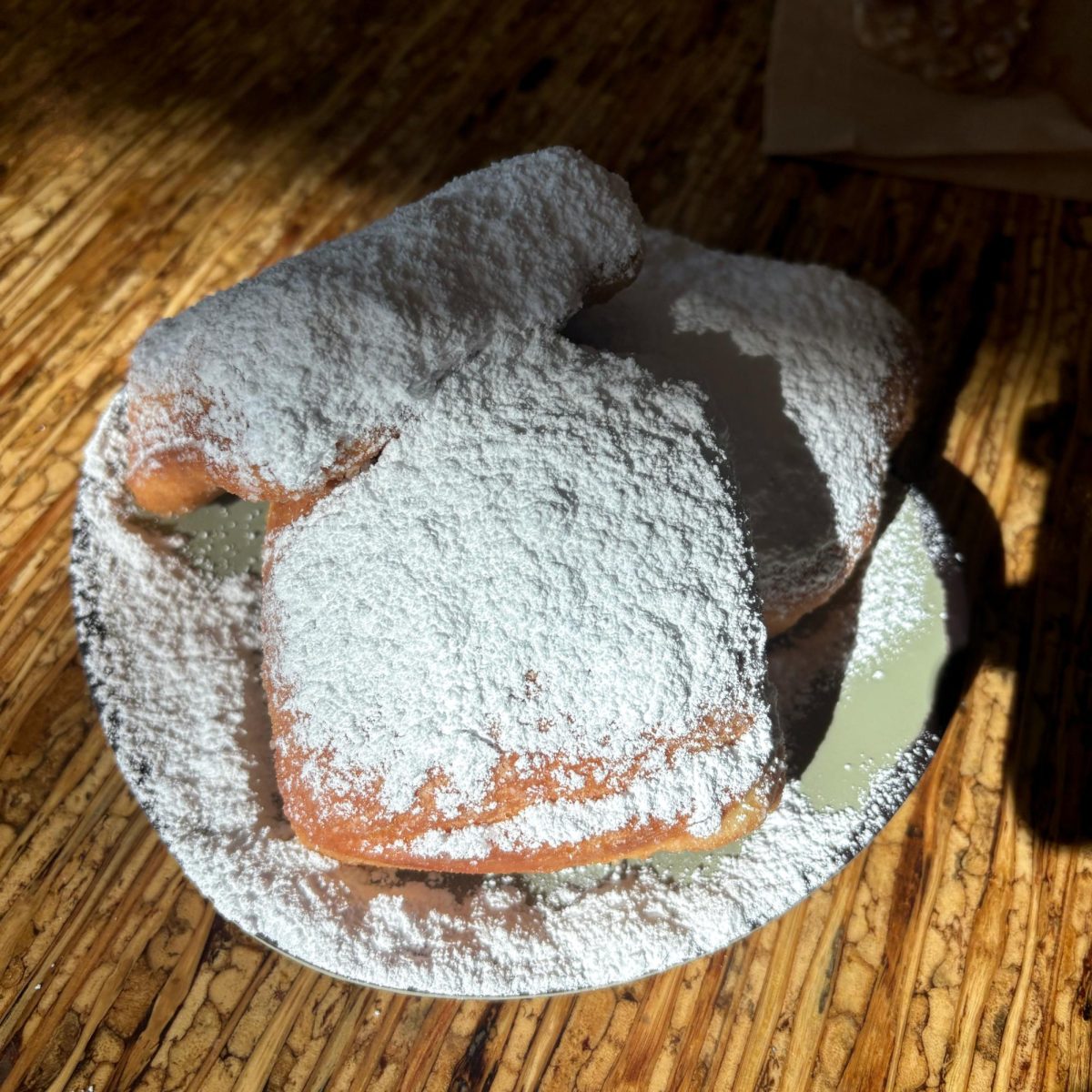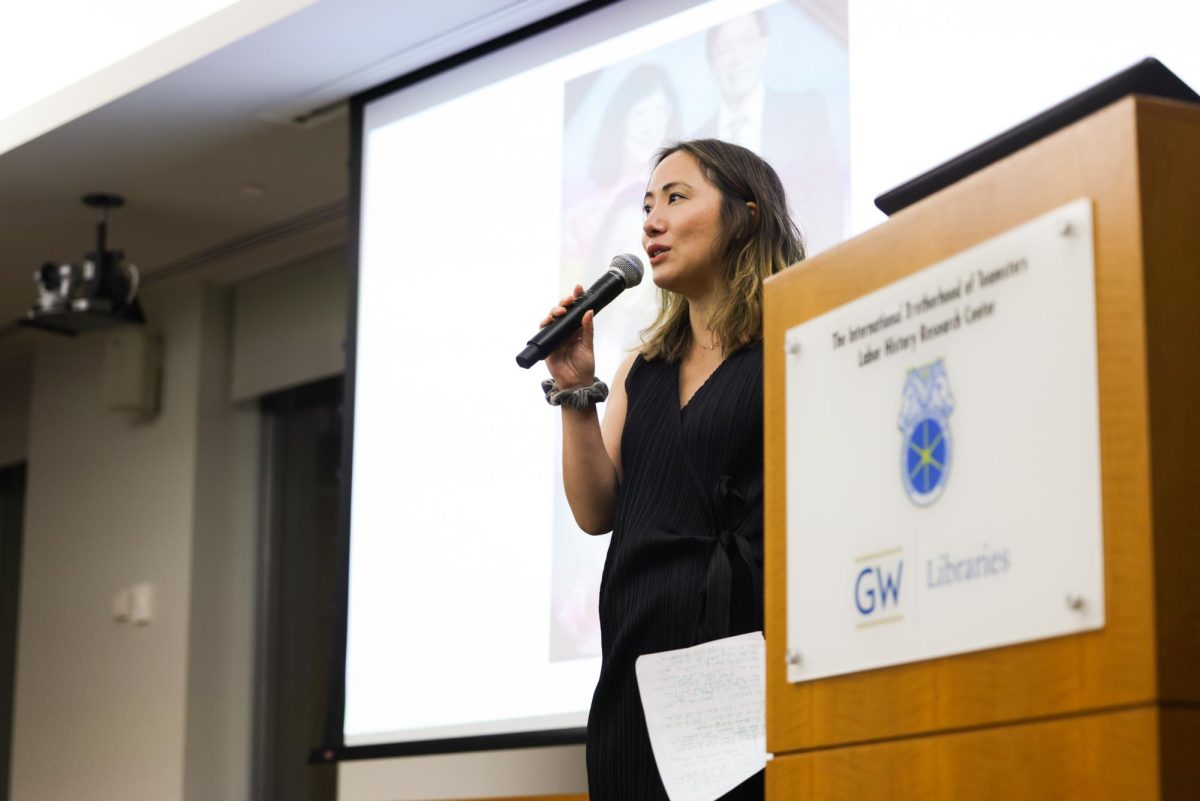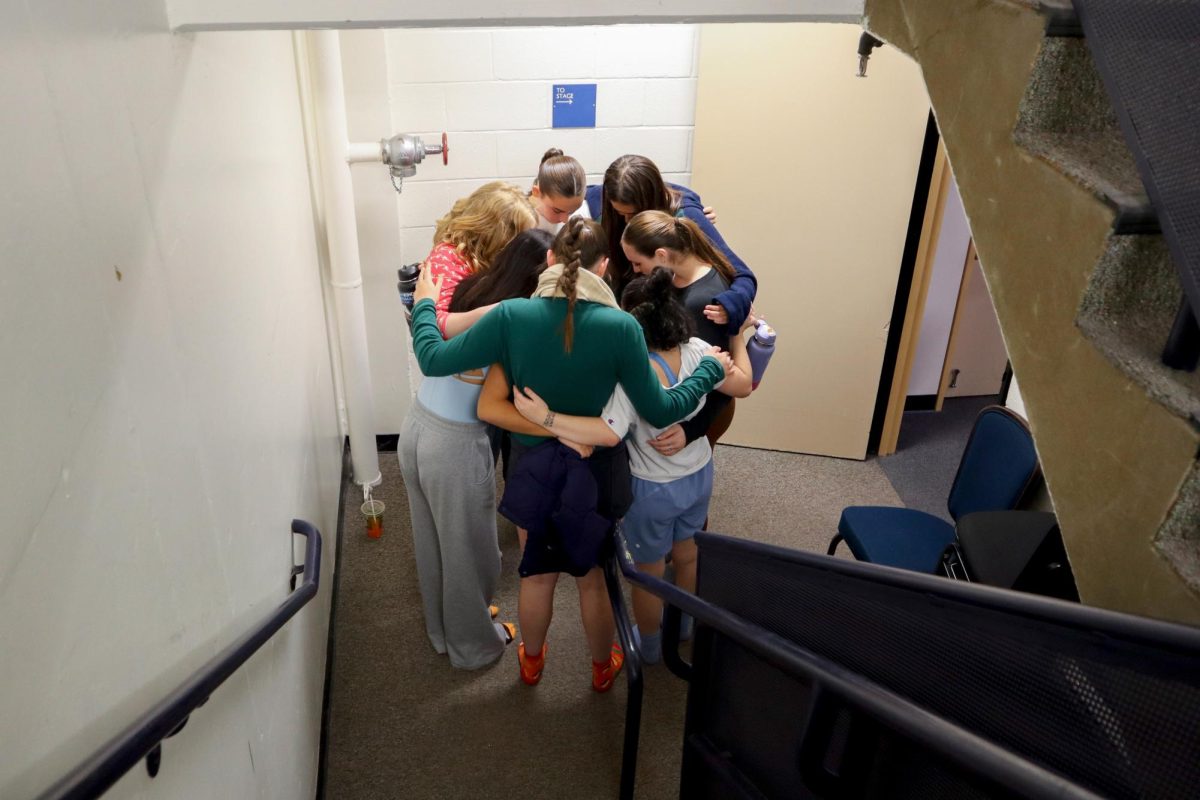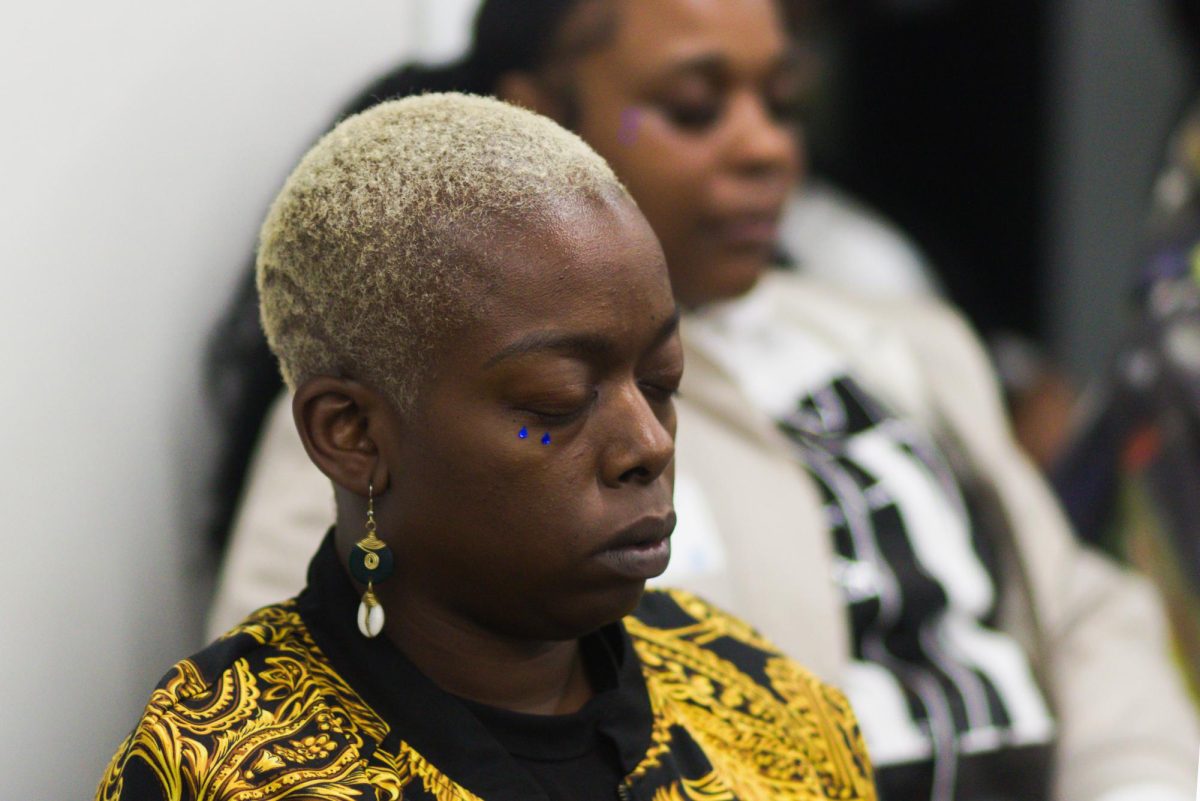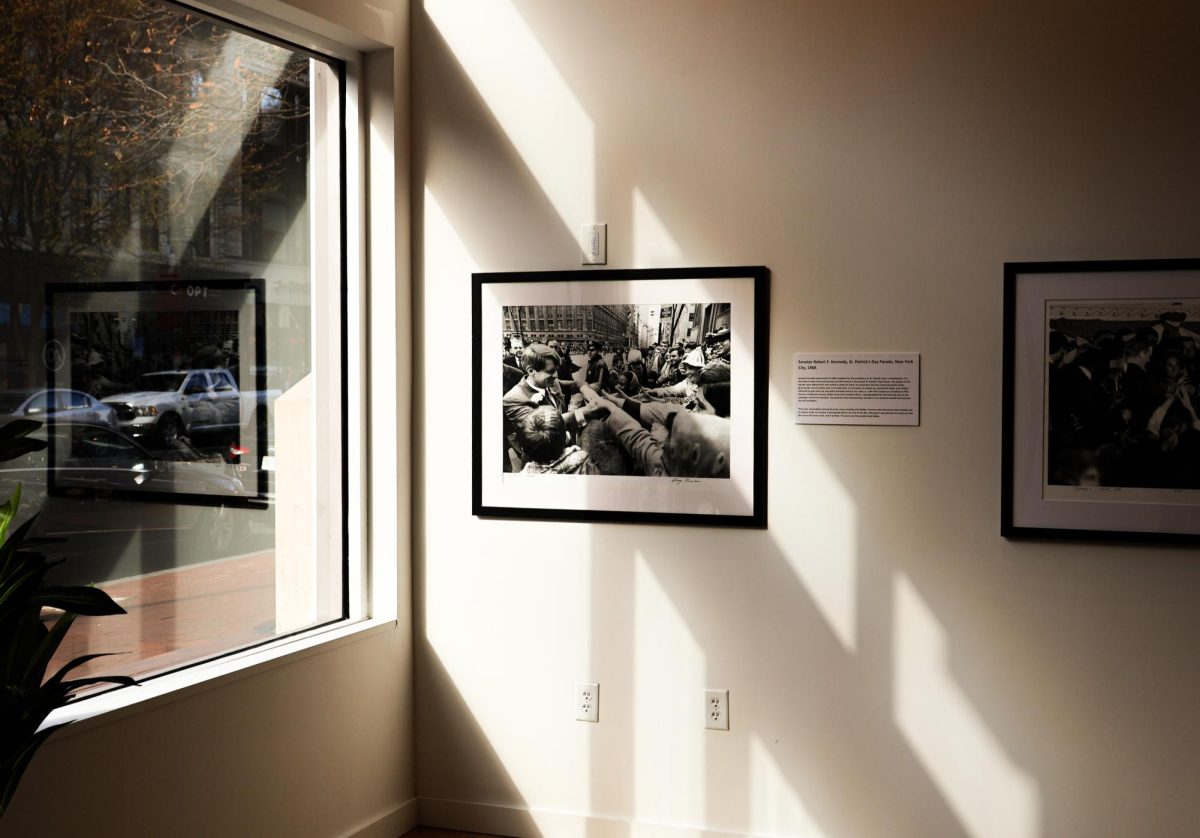Black History Month is a time to recognize the achievements and contributions of African Americans, and there’s no better way to do it than at museums and other historical exhibits around D.C.
Throughout February, pay a visit to sites like the Martin Luther King Jr. memorial and museums like the National Museum of African American History and Culture. Here’s a rundown of places around the District that highlight the strides African Americans have made throughout history.
The National Museum of African American History and Culture
The National Museum of African American History and Culture opened in 2016, becoming the newest of the Smithsonians. The museum, located on the National Mall, is built to look like the three-tiered corona crown used in Yoruban art from West Africa. It is wrapped in a bronze-colored metal lattice to honor the ironwork of African Americans enslaved in southern states.
The museum includes nearly 36,000 artifacts showcasing everything from music and sports to slavery and how black Americans were involved in World War I. Another exhibit guides visitors through the efforts that U.S. presidents, members of Congress and activists made to open the museum and commemorate African American contributions. If you’re looking to spend hours exploring black history over hundreds of years, the National Museum of African American History and Culture is a must-see.
The National Museum of African American History and Culture, 1400 Constitution Ave. NW, open every day from 10 a.m. to 5:30 p.m., reserve free passes.
Martin Luther King Jr. Memorial
Also on the Mall and overlooking the Tidal Basin, this memorial commemorates King Jr. with inspiration from his famous speeches. The focal point of the memorial is a statue of King emerging out of a piece of stone, referencing his “I Have a Dream” speech where he says, “with this faith, we will be able to hew out of the mountain of despair a stone of hope.” This statue is surrounded by a wall of other noteworthy quotes like, “I was a drum major for justice, peace and righteousness” and “darkness cannot drive out darkness, only light can do that. Hate cannot drive out hate, only love can do that.”
Martin Luther King Jr. Memorial, 1964 Independence Ave. SW, open 24 hours, free.
African American Civil War Museum
The African American Civil War Museum sheds light on how African American soldiers helped fight during the Civil War. The museum, which opened in 1999, tells visitors the stories of black soldiers during that time through archival photos, documents and seminars by museum staff.
One of the museum’s main exhibits, called “From Slavery to the White House: the USCT Ancestors of First Lady Michelle Obama,” takes visitors through the lives of former First Lady Michelle Obama’s two ancestors who fought in the United States Colored Troops. Visitors can also look up their own ancestors who fought during the war in a database located in the museum. You can also check out a traveling exhibit, “A Glorious March to Liberty,” which maps out the timeline from before the Civil War to the Emancipation Proclamation through historic newspaper excerpts, letters from soldiers and photos.
The African American Civil War Museum, 1925 Vermont Ave. NW, open Mondays from 10 a.m. to 5 p.m., Tuesday through Friday from 10 a.m. to 6:30 p.m., Saturdays from 10 a.m. to 4 p.m. and Sundays noon to 4 p.m., free.
Frederick Douglass National Historic Site
African American politician and abolitionist Frederick Douglass’ home and the place where he passed away has become a public site for people to visit. Born a slave, Douglass fled to Massachusetts and became the leader of the national abolitionist movement and an activist against slavery and for women’s rights. The home now houses thousands of artifacts like books, letters and furniture that belonged to the late social justice leader. You must sign up for a guided tour, but there are also eight acres of surrounding estate open to the public to explore.
Once inside the house, visitors can watch the short film, “Fighter for Freedom: The Frederick Douglass Story,” to learn more about Douglass’ life. Other rooms feature Douglass’ personal library collection, a life-size statue of Douglass and quotes from his speeches and writings.
Frederick Douglass National Historic Site, 1411 W St. SE, open every day from 9 a.m. to 4:30 p.m., for free.
National Museum of African Art
The National Museum of African Art aims to prompt people to think about the power of African art with both historical and more contemporary pieces of work. The museum features art from sub-Saharan Africa like an ivory female figure as well as modern work like a wind sculpture by British-Nigerian artist Yinka Shonibare.
One exhibit currently on display sheds light on female artists from Africa and their contributions to issues like the environment, identity, politics and race through painting, fashion and sculpture. Another exhibit features gold jewelry that explores the history of Senegal’s gold and how Senegalese women wear jewelry to express and present themselves.
The National Museum of African Art, 950 Independence Ave. SW, open every day from 10 a.m. to 5:30 p.m., free.


